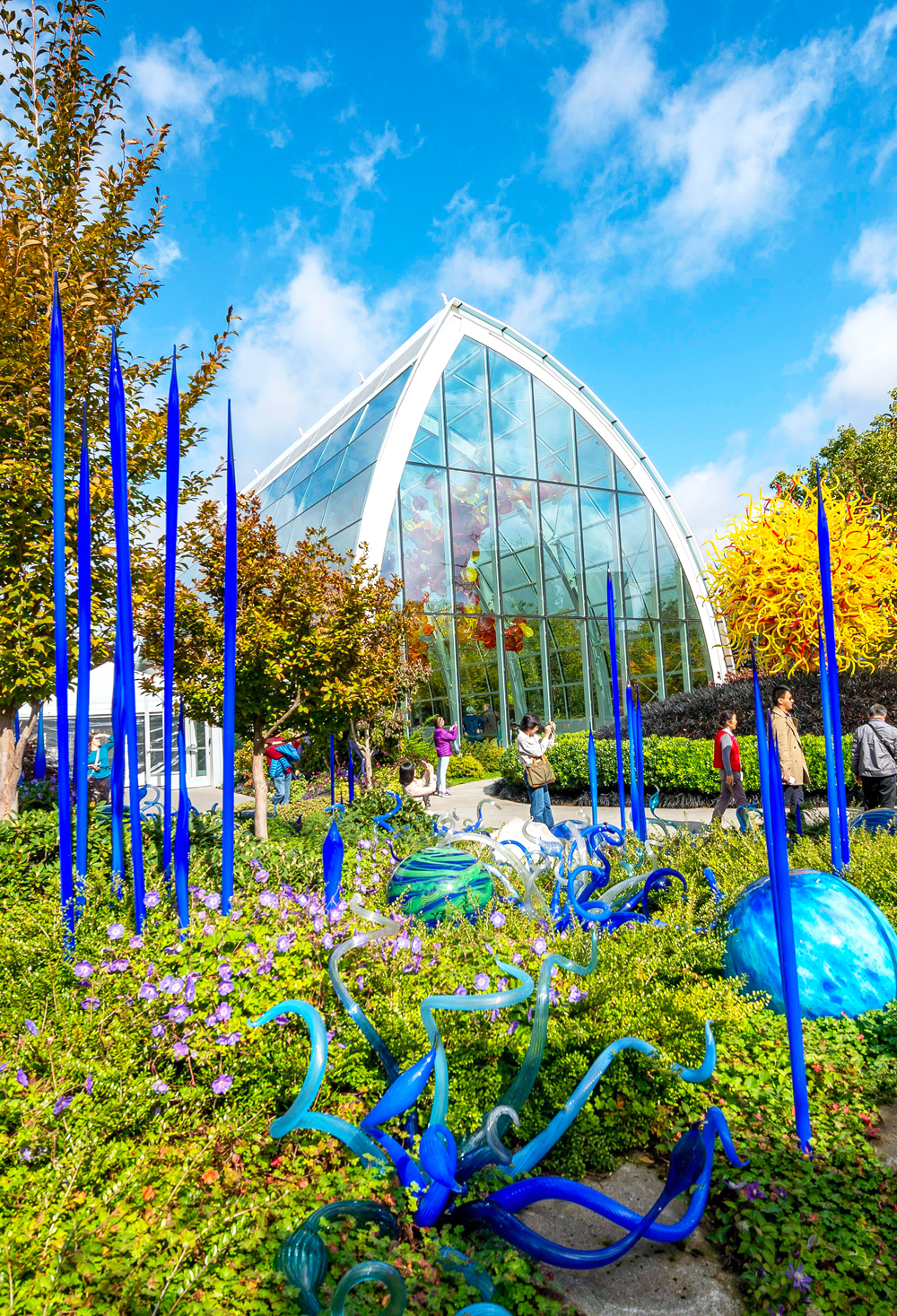Cities are shown to provide more peace of mind when they offer easy access to nature, which helps explain why urban gardens are so popular. These spaces filled with flowering plants, peaceful pathways, and sometimes even breathtaking works of art can break up the chaos of city life for travelers and tourists alike. From an Italian garden from the Renaissance era to a futuristic garden filled with “supertrees” in Singapore, these are five stunning urban gardens around the world that you should visit.
Dubai Miracle Garden – United Arab Emirates
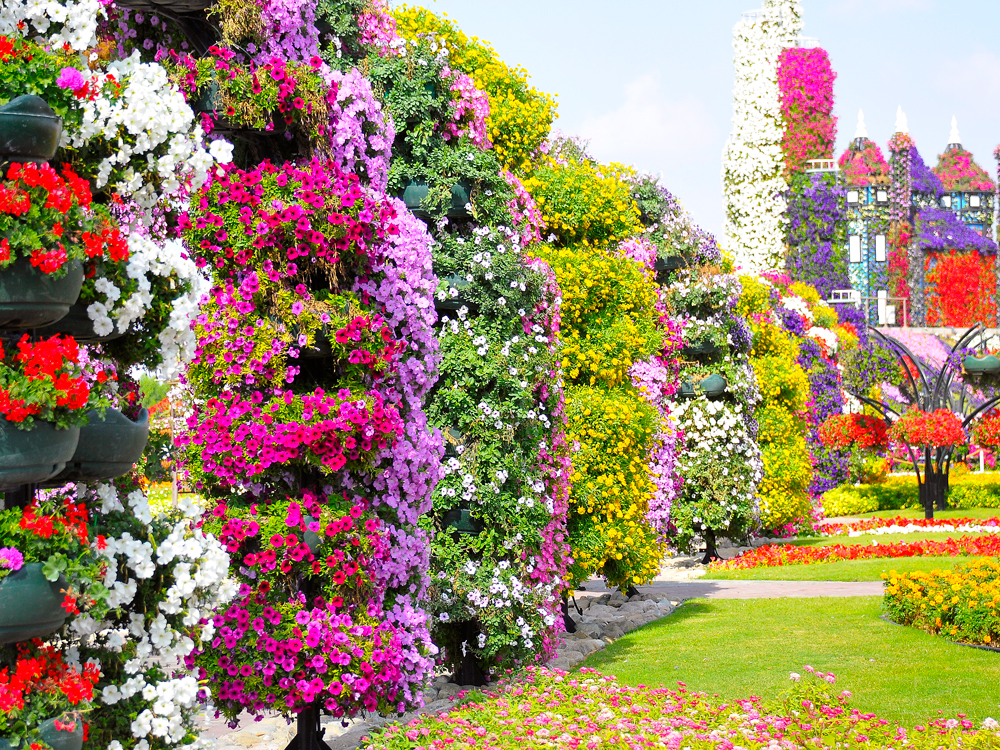
Dubai has long had a knack for places that make you suspend disbelief. (Year-round skiing in the desert, anyone?) In keeping with that tradition, the emirate debuted the self-proclaimed largest natural flower garden in the world on Valentine’s Day in 2013, with more than 150 million blooms, and has continued to go big ever since.
Indeed, the Dubai Miracle Garden has set multiple Guinness World Records, the first for the world’s largest floral installation: a life-size botanical replica of an Emirates Airline Airbus A380 jumbo jet that debuted in 2016. More than 500,000 fresh flowers and living plants make up the double-decker plane, which remains one of the garden’s most popular draws. Other highlights range from the airplane-adjacent heart tunnel (a rhapsody in red, pink, purple, and white petals) to the fairy-tale fantasy neighborhood of floral villas. The garden is closed during Dubai’s hottest summer months, typically mid-June through late September.
Boboli Gardens – Florence, Italy
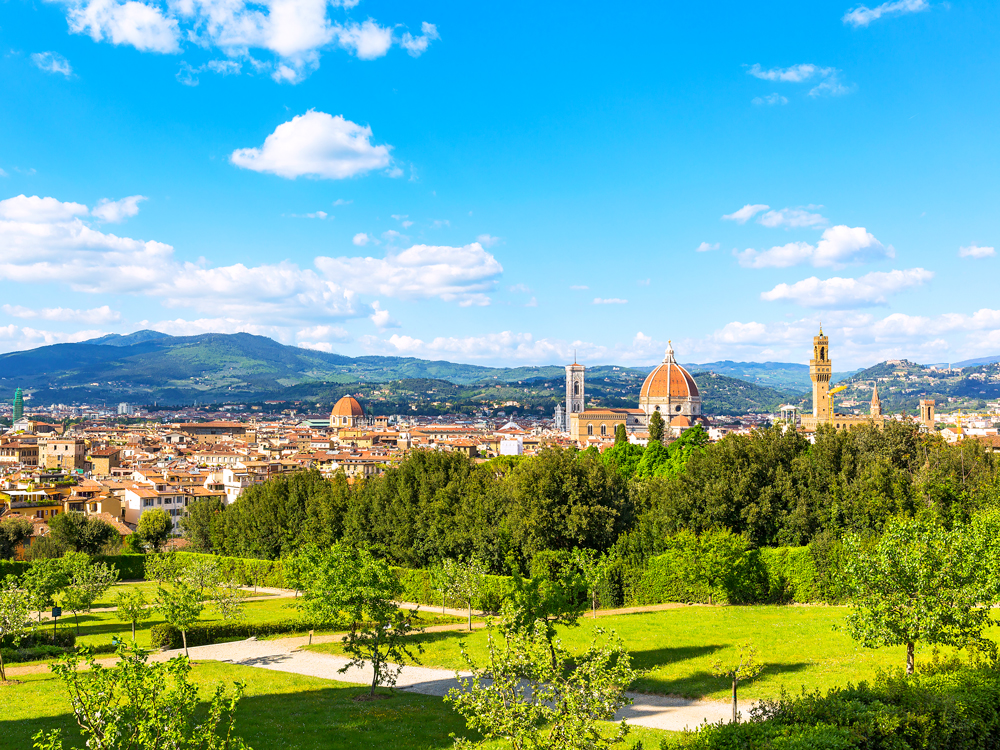
Hidden behind Florence’s Pitti Palace is one of the most extraordinary examples of the Italian garden — a Renaissance fixture that became the fashion at every European royal court from Luxembourg to Versailles to Peterhof. Blending geometrically arrayed landscape elements with architectural installations, monumental statues, and various water features, the 111 acres of Boboli Gardens have since become an open-air museum, with centuries’ worth of expansion and revision represented.
Though work on the grounds began in the 1400s, the gardens didn’t get going in earnest until 1549, when Eleanor of Toledo — wife of the Grand Duke of Tuscany Cosimo I de’ Medici — bought the estate with grand-scale alfresco entertainment in mind. Medici court artist il Tribolo worked on the initial design, until his death ushered in a whole series of successors. Some of their most notable additions include the Buontalenti Grotto, the amphitheater’s obelisk (originally from Luxor), and, not least, the famed 18th-century rococo-style pavilion called the Kaffeehaus. While you won’t find refreshments there, you’ll at least find drinking fountains in some incredibly scenic spots, such as the Grotto of Adam and Eve, the Meadow of Columns, and the Garden of Madama.
Chihuly Garden and Glass – Seattle, Washington
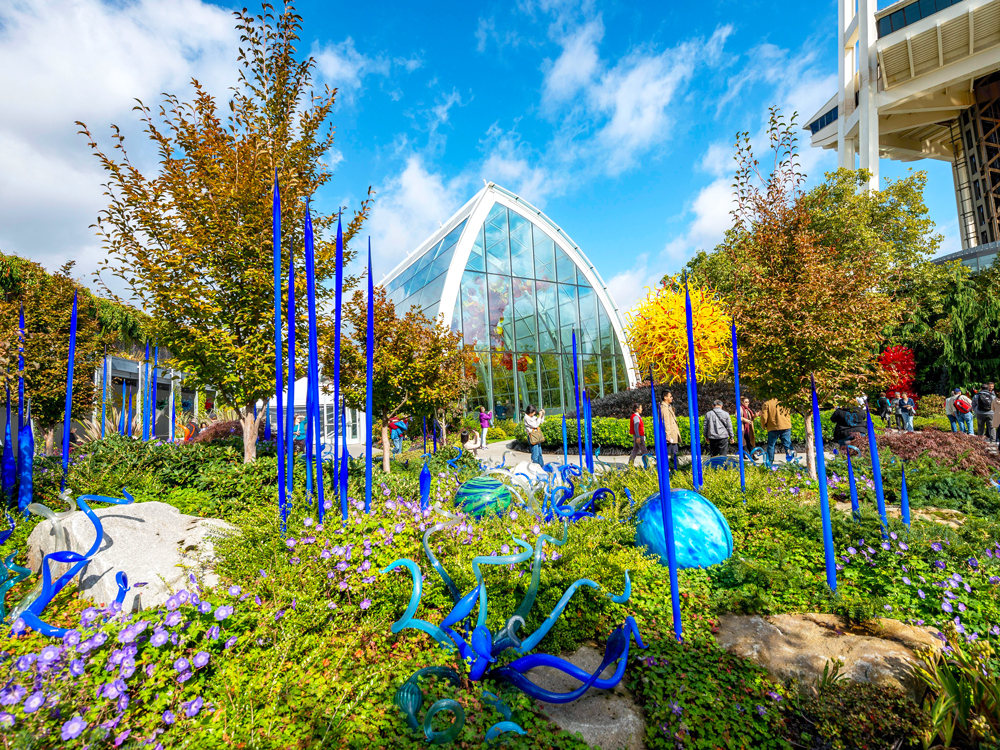
For an installation to hold its own in the literal shadow of the Space Needle, the concept has to be dazzling — and this Seattle Center showstopper doesn’t disappoint. A tribute to one of the city’s best-known residents and arguably the world’s best-known glass artist, the exhibition includes eight galleries, a sculpture garden, and a massive atrium. The galleries explore some of Dale Chihuly’s career-spanning influences, from sea life to basketry to ice, while the garden is punctuated with vibrant flowers — some living, some glass.
But the clear centerpiece of the complex is the artist’s favorite kind of building: the Glasshouse, which he’d long wanted to design after collecting photos of others for most of his life, from the Great Crystal Palace in London to Sainte-Chapelle in Paris. With the help of architects Ryan Smith and Owen Richards, Chihuly’s vision materialized in the form of this asymmetrical take on a traditional 19th-century conservatory. The site-specific sculpture inside is also a standout: Measuring 100 feet long and 25 feet high, the rhapsody in reds, yellows, and oranges all but fills the airy space. Visit the complex day or night, and be sure to check the calendar for any glass-blowing demonstrations.
Gardens by the Bay – Singapore
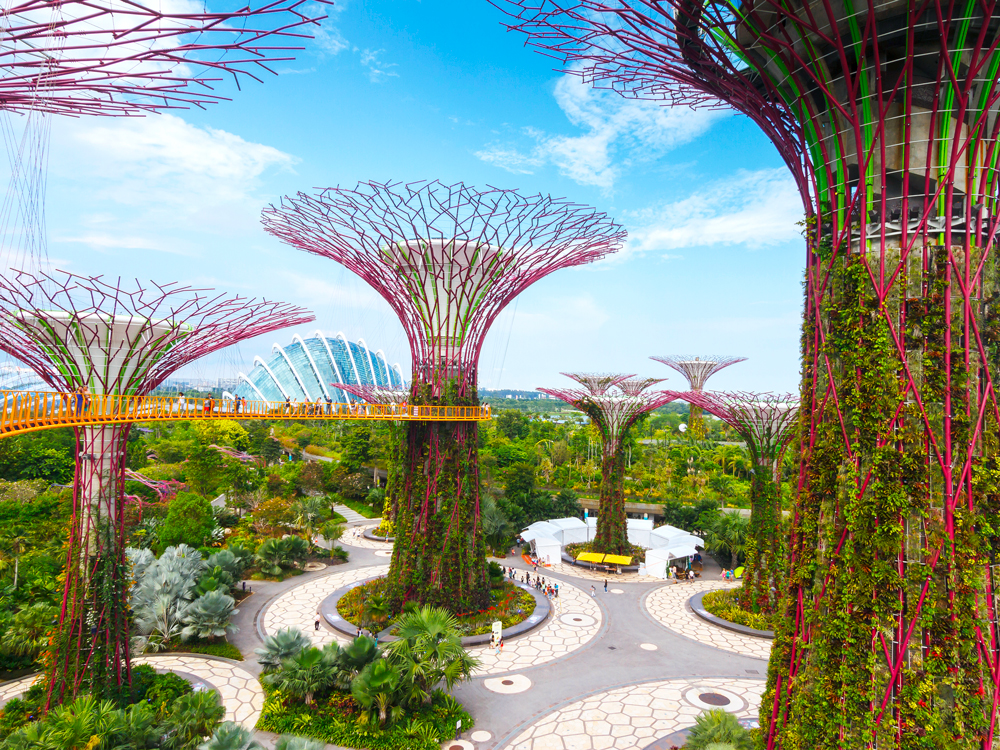
Leave it to Singapore to create the “Supertree” of the future. The Southeast Asian city-state’s commitment to both futuristic technology and sustainability is on full display at the Gardens by the Bay, its stunning nature park built on 250 acres of reclaimed land. But this isn’t the urban garden you’re used to — here, the star of the show is a mechanical forest of 18 towering steel structures known as Supertrees. Each soars an impressive 80 to 160 feet tall, with a trunk that forms a vertical garden covered in more than 158,000 plants. The Supertrees help nourish the plants by redistributing heat, collecting rainwater, and providing shade; many even collect solar power.
Best of all, visitors don’t have to crane their necks to admire the Supertrees in all their mechanical wonder — a 400-foot-long aerial walkway winds between them, 75 feet above ground. Just make sure you don’t leave the gardens before sunset, when the Supertrees put on a dazzling, unforgettable light show against the backdrop of Singapore’s modern skyline.
Hitachi Seaside Park – Hitachinaka, Japan
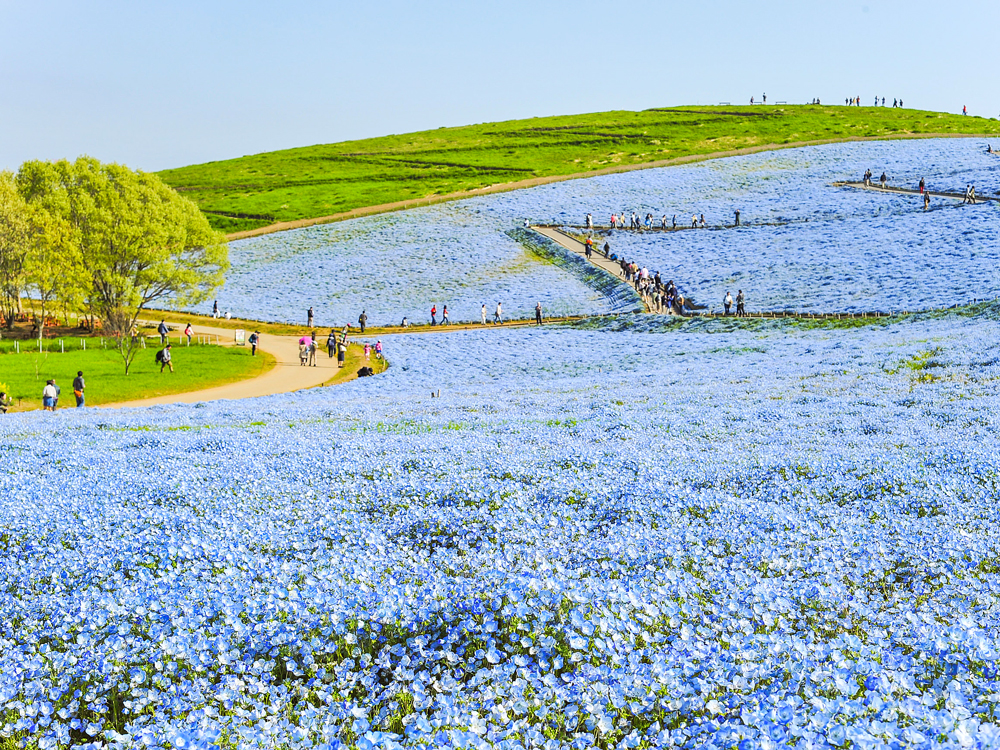
You don’t have to be floral-obsessed to appreciate the vibrant, perpetually-in-bloom beauty of Hitachi Seaside Park, but it certainly helps. Spanning 865 acres just two hours northeast of Tokyo, the park is blanketed in endless fields of flowers that seem to stretch right into the surrounding sea. Hitachi’s best-known bloom is the nemophila (or “baby blue eyes”), which drapes Miharashi Hill every spring in such a lively shade of blue, you’ll swear it sprang out of a picture book. But if you can’t make it in spring, autumn is just as arresting — the green kokia bushes turn a deep, brilliant red as temperatures drop. Year-round, everything from narcissuses and sunflowers to ice tulips and cosmos flowers also blossom in the park.
Florals aren’t the only feature of Hitachi Seaside Park, which is also home to more than 25 rides and attractions. Most famous among these is a Ferris wheel offering views of the Pacific Ocean and the city of Hitachinaka — and perhaps a peaceful new perspective on the continuous fields of flowers 200 feet below.
More from our network
Daily Passport is part of Inbox Studio, which publishes content that uplifts, informs, and inspires.






